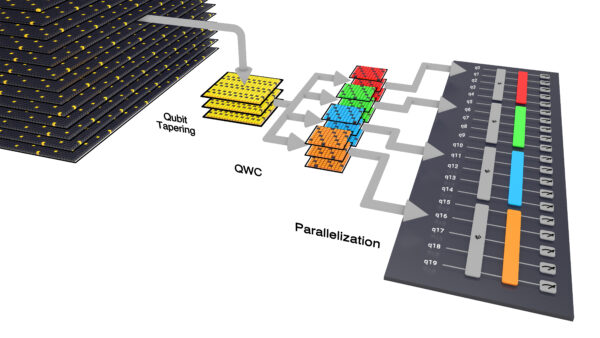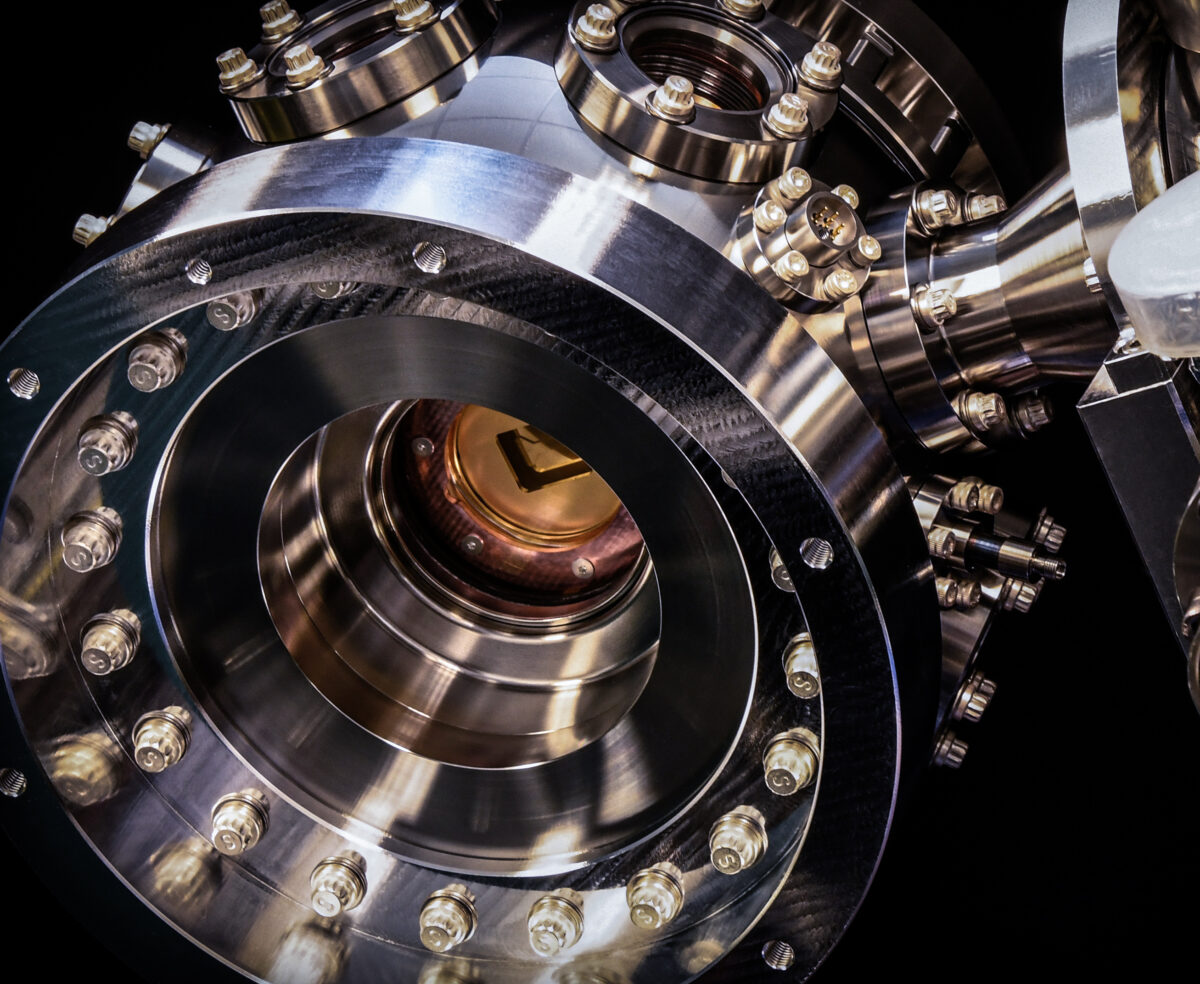Computer simulations play a valuable role in helping scientists identify materials with characteristics that make worth a closer look. An investigation carried out at the US Department of Energy's Oak Ridge National Laboratory (ORNL) used research into solar cell materials provides an example of this, as well as illustrating how quantum computing techniques could be used to simulate even more complex interactions.
Singlet fission is a process where one photon is able to excite two electrons – potentially greatly increasing solar cell efficiency. It has been observed to occur in various materials, but understanding its mechanics and getting it to happen in a uniform way have so far proved difficult.
“Conventional solar cells have a theoretical maximum efficiency of about 33%, but it has been postulated that materials that exhibit singlet fission can break that limit and can be more efficient,” said Daniel Claudino, a research scientist at ORNL’s Quantum Computational Science group. “The downside is that to understand fundamentally whether a certain material exhibits singlet fission is very hard. There is a specific energetic requirement, and it's difficult to find materials that fulfill it.”
Using Quantinuum H1-1 – a commercially available quantum computer located in Colorado, the group was able to develop an effective simulation to identify molecules that demonstrate singlet fission, and showed that a “linear H4” molecule consisting of four hydrogen atoms has the necessary energetic level for the singlet fission process – which the group says could be useful knowledge in the development of more efficient solar cell materials.
The simulation is described in full in the paper Modeling Singlet Fission on a Quantum Computer, published in The Journal of Physical Chemistry Letters.
Quantum computing
More valuable than the actual findings in this study is the demonstration of a useful application for quantum computing – a technology still in its early stages. Quantum computers are able to go beyond the binary ones and zeros used in conventional computers, and also use both positions simultaneously – making them potentially much more powerful in solving certain types of problems.
Claudino says that singlet fission provides an excellent solution to a problem for quantum computers to tackle. “The energetics of singlet fission revolve around double electronic excitations — two electrons move up to higher energy levels simultaneously, which is quite difficult to pin down with algorithms for conventional computers,” Claudino said. “But the underlying way that a quantum computer works, it can naturally treat the quantum correlations that give rise to this singlet-fission phenomenon.”

Image: Adam Malin/ORNL
The group came up with multiple ways to simplify and optimize its algorithms for use in the quantum computer “The idea is that you want to envision a way to tap into the quantum computer but only for specific tasks that we know they can perform better than conventional computers,” Claudino said. “Yet, even then, you’re still limited by the current state of the art that only allows us to either go up to a certain size or perform tasks that only take so long. That’s the major bottleneck when turning to quantum computers.”
The group says that its optimizations reduced the processing time from several months to a few weeks, demonstrating the viability of quantum computing, and introducing a set of best practices for use of current systems.
Claudino and colleagues now plan to move on from singlet fission and investigate other applications for the quantum computing techniques it developed, including looking into “the interaction of matter and light.”
This content is protected by copyright and may not be reused. If you want to cooperate with us and would like to reuse some of our content, please contact: editors@pv-magazine.com.




Since linear H4 is a precious theoretical snowflake, I guess I’d use other singlet fission coatings and try to capture some of those 1.3 TeV gamma rays from the sun they recently found, ahead of the silicon or perovskite panels.